Content:
Of all the poultry suitable for keeping in a private backyard, chickens are the most suitable for a novice poultry breeder. They easily tolerate deficiencies in care, are undemanding to the composition of food, and are not aggressive. Their breeding can be called waste-free production. Everything goes into business - eggs, meat, droppings and feathers.
Description of the chicken
You can often come across the question: is a chicken a bird or an animal? Since these creatures maintain a constant body temperature, birds are classified as warm-blooded animals of the Birds class. Chickens are the most common species in the poultry industry today. Many new breeds have been developed by man. Where did they come from? The ancestors of domesticated birds were wild bank chickens, or rather, four varieties of jungle chickens: red, gray, green and Ceylon.
According to historical data, the domestication of chickens began about 2 millennia ago in India. The version of other researchers suggests that everything happened much earlier and for the first time wild chickens began to be kept as poultry 6-8 thousand years ago in China and Southeast Asia.
There is no definite answer to the question of how many months or years a chicken lives. According to zoologists in the wild, a bird can live up to 8 years. The same number of hens will live at home, which are bred for decorative purposes and kept as pets. In agriculture, productivity is the main factor, and this determines how many years a laying hen lives in a poultry farm. Here birds are kept from 45 days to 3 years. As soon as the laying hen begins to lay worse, it is slaughtered. Broilers are the least fortunate, they are sent for slaughter at the age of one and a half months, by which time the weight of the bird reaches 2 kg. Homemade quips are kept for an average of 2 years to produce eggs, after which they are used as chicken soup.
The most valuable part of a carcass is the breast. This product can be safely considered dietary due to its composition. In 100 gr. chicken breast contains 29.8 g of protein, 1.8 g of fat and 0.5 g of carbohydrates. The calorie content of this portion is only 113 kcal. The chemical composition of chicken meat includes a set of elements such as:
- sodium;
- potassium;
- calcium;
- magnesium;
- phosphorus;
- iron.
Chicken contains vitamins A, B1, B2 and PP. It is recommended for the nutrition of diabetics and those who need to lose weight. If we talk about how much protein is in chicken as a whole, this figure is slightly higher. The total calorie content of chicken meat averages 127-183 kcal per 100 g of product. The nutritional value of chicken meat surpasses beef in its characteristics.
Chicken structure
It differs from other vertebrates by the accelerated course of all life processes and the ability to fly. Since the flight requires a lot of energy, the heart of the birds makes 128-340 beats per minute, and the body temperature of the chicken is maintained at 42 ° C.
The structure of the chicken is such that it does not have sweat glands and the respiratory organs are used for thermoregulation. Evaporation of moisture occurs from the surface of the air sacs - this prevents overheating of the body. In the heat, the bird always opens its beak.
The stomach cavity is lined with a specific film (cuticle). To digest food, the bird needs small pebbles and sand, which grind the food. A chicken can swallow food in any position of the head, but it can only drink water with its head thrown back.
The chicken has excellent hearing and vision, it has a wide angle of view. There are no auricles on the head, but there are auditory openings and an inner ear. It is difficult to notice the holes under the plumage, but they are clearly visible in plucked chickens. Birds, like humans, pick up sound waves that are transmitted to the inner ear. Damaged auditory cells in chickens are able to recover, so they hear equally well throughout their lives.
Many bones in the skeleton are hollow, and the total bone mass is only 10% of body weight. The chicken has no teeth in the mouth. The bones of the skeleton act as levers and serve to protect organs from damage. Waste products are excreted from the body through the cloaca.
The male does not have an organ capable of penetrating the female's body. Fertilization occurs at the moment of contact between the cloaca of a rooster and a hen. Spermatozoa retain their viability in the female's body for up to 3 weeks. In chickens of the egg breed, sexual maturity occurs at the age of 5 months, this indicator can vary depending on the breed.
Egg structure
A chicken egg begins to form in the ovary, after a day the yolk enters the oviduct, where protein is layered on it. Once in the uterus, the testicle spends about 19 hours there, and here a shell forms on it. The entire egg formation process takes 25 hours. If you disassemble the structure of the egg in detail, it turns out that it consists of a shell, a shell membrane, a cord, protein, yolk and its membrane, an embryonic disc, an air chamber and a cuticle.
Inside, all conditions are created for the development of the chick until it is born. The main component of the egg is the yolk, it takes up 1/3 of the total internal volume and contains the nutrients and vitamins necessary for the embryo. More than 30% of its composition is fats, 16% - proteins, the rest - water.
In terms of chemical composition, eggshells are 95% calcium carbonate, and organic matter is also contained in it. This is the hardest layer of the egg, its protective shell. If the shell is damaged during the incubation period, the embryo will die.
Varieties of large breeds
Regular chickens are quite compact in size, the roosters are somewhat larger. But in this group of domestic birds there are real giants. It is interesting that the character of large representatives of the species is not typical for these birds. Giant domestic chickens are slow, phlegmatic, they cannot be scared or pissed off. The most famous and popular species of large birds are:
- Brahma. This breed of chickens is bred in Russia and abroad. It belongs to meat and egg. Most often, birds have light plumage with a “mane” of contrasting colored feathers on the neck. There is also a partridge and dark color. Roosters gain weight up to 5 kg, layers up to 4 kg. Chickens begin to lay from 9 months, their record for a year can exceed 120 eggs.
- Master Gray is a French breed. Prized for delicious meat and eggs. The color of feathers on the body is dominated by gray and white. The wings and tail are darker. Roosters can grow up to 7 kg. The mass of chickens reaches 4 kg already in six months. They begin to rush at 3.5 months. Each layer produces up to 200 large eggs per year, and even more under ideal conditions.
- The Jersey giant is a breed bred in New Jersey.The color of the feathers of these chickens can be white, black and blue. The maximum weight of males is 6 kg, chickens gain 4.5 kg. The breed produces eggs from 7 months of age. Egg production indicators are average. The meat has an excellent taste.
- Cochinhin. The breed originates in Indochina. As a result of selection all over the world, white, black, blue, partridge and fawn chickens were obtained. Cochie males weigh 4.5 kg, females slightly less. Laying hens give up to 120 eggs per year, egg production does not decrease even in winter. This is a rather fatty breed of chickens, but at the same time the taste of the meat remains at its best.
- Orpington is an English breed of chickens. The body of birds has a cubic shape and plumage of the most varied colors. The average representative of the breed weighs 4.5 kg, but there are individuals weighing 7 kg. Each layer is capable of producing up to 170 eggs per year. Chickens of this breed grow slowly and require significant maintenance costs. Poultry meat is tender, juicy, and has dietary properties. It is good to eat it roasted or grilled.
Due to their large size, these birds require a large walking area. Giant chickens do not fly, so a high hedge is not needed. Representatives of large breeds need to install lower perches and nests, or additionally equip them with ramps.
Interesting facts about chickens
Chickens are prone to parthenogenesis. This phenomenon is characterized by the development of an embryo from an egg that has not been fertilized. Normally, parthenogenesis in chickens is manifested only in 0.1% of cases, but the chances of chickens emerging from unfertilized eggs increase after suffering visceral lymphomatosis. A similar result can be obtained after vaccination of a livestock with chickenpox virus.
The speckled color of feathers in chickens is determined by the dominant gene, black - by the recessive, white plumage works as a dominant when crossing in Leghorns and Russian whites in relation to all pigmented colors. But breeds such as the White Wyandotte and the White Plymouth Rock carry the gene responsible for the color of the plumage as recessive. When black and some white birds are crossed, the first offspring will have blue plumage. In chickens, the heterogametic sex, containing the female XY chromosomes, is homogametic in roosters.
The Araucana breed from South America lays eggs with blue or greenish shells. Such an unusual phenomenon arose due to the infection of animals with a retrovirus, which penetrates the host's DNA and causes the production of the pigment biliverdin. This substance gives the eggs an outlandish color, without affecting their nutritional quality.
Answers to common questions
Even those who keep chickens on their farm do not always know everything about them. People often have questions about the life and behavior of poultry.
Why the chicken doesn't fly
In fact, domestic chickens can fly like other birds, but they do it infrequently and over short distances. They have almost lost this skill. As a result of domestication and selective selection, skeletal changes have occurred - chickens have short wings and a small keel.
Do Leghorn Chickens soar
The brood hen is popularly called parunya. This is the bird that does not abandon the clutch, but incubates the offspring. Chickens of the Leghorn breed are famous for their egg production, but you can get chickens from them exclusively in an incubator or by laying eggs for other layers. The instinct for incubation of this bird is completely lost, it will not hover on the nest.
Can a chicken swim
Chickens have the innate ability to swim and will not drown when in water. But the bird will not be able to do this for a long time due to the rather large weight and due to the fact that the feathers will become heavy when wet. In other words, a chicken can drown for one simple reason - exhausted.
Is it possible to keep chickens in SNT
The legislation does not explicitly prohibit keeping chickens in gardening partnerships. But there are certain restrictions on the part of sanitary requirements and rules established by the bodies of Rospotrebnadzor. Chickens should not walk near the neighbors' fence, interfere with someone. The ingress of bird droppings into natural reservoirs is excluded.
Recommendations of experienced poultry farmers: about the parunny chicken
The house must be spacious. It follows from the fact that 1 sq. m. there should be no more than 3 pairs. It is better to keep large hens on a litter; perches are erected for chickens of smaller breeds. The walls and floor of the chicken coop need periodic sanitization.
The room should be protected from the appearance of rodents, drafts in it are also unacceptable. The litter is changed in a timely manner, it should not be wet. The basic product in the diet of hens is combined feed. Both underfeeding and overfeeding of hens are harmful. The diet must include vitamin and mineral supplements. In the cold season, it is recommended to feed the paruñas with moist mash. Sometimes you can pamper poultry with meat and fish waste.
Bird breeding is a responsible event, but at the same time interesting and profitable. It is worth a beginner to take the first steps in this business and soon he will feel more confident, and there will always be fresh eggs and delicious poultry on his table.
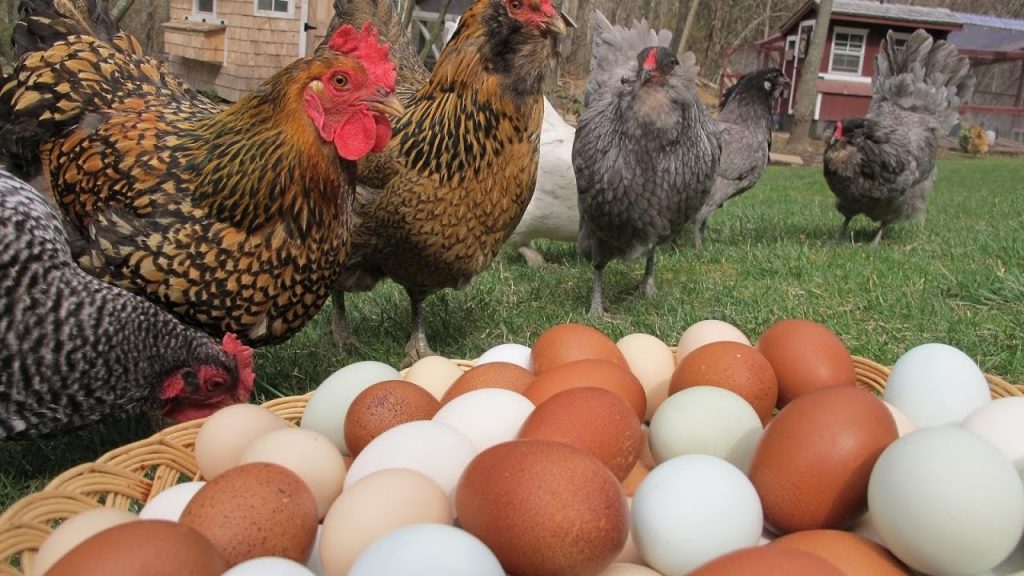
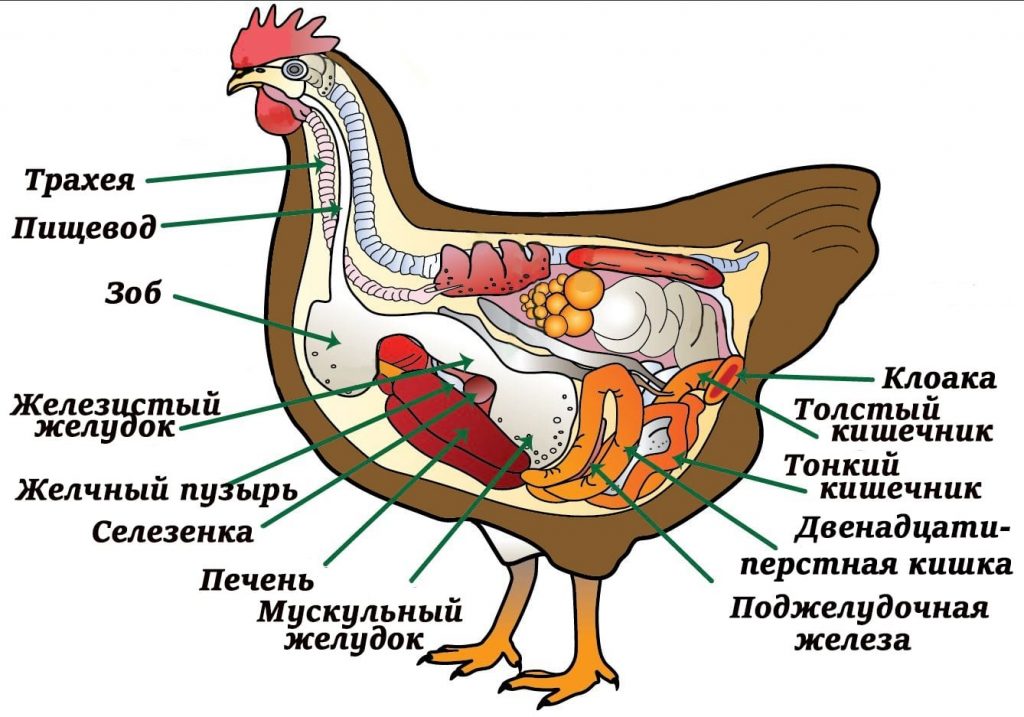

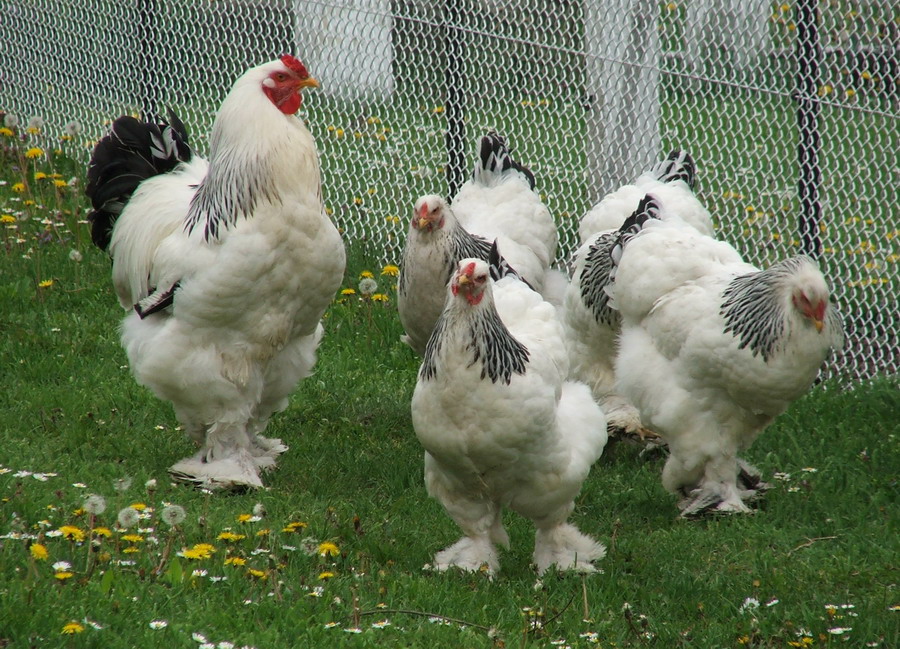
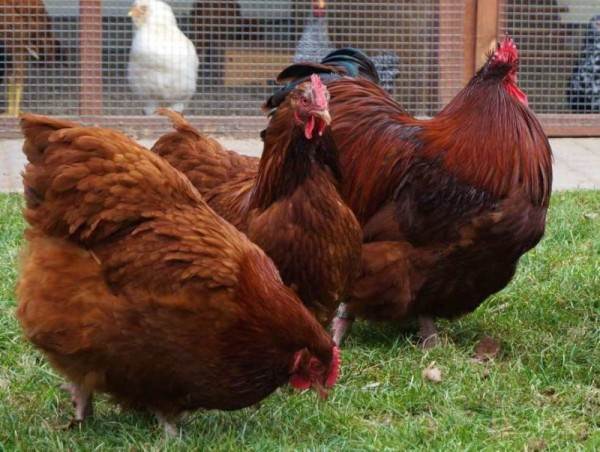

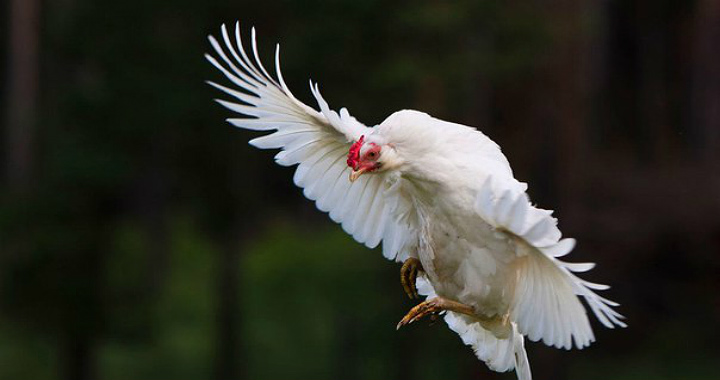
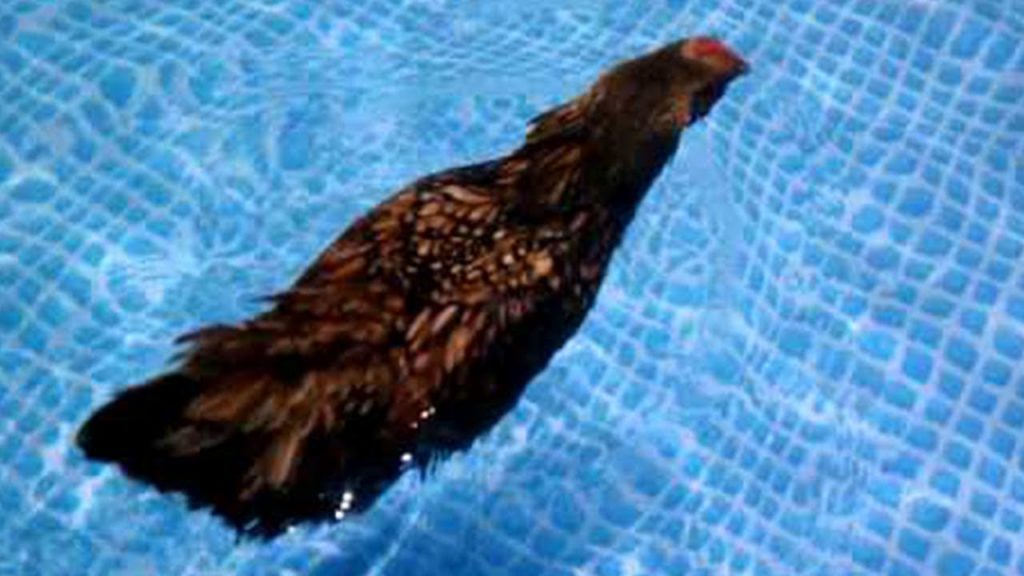
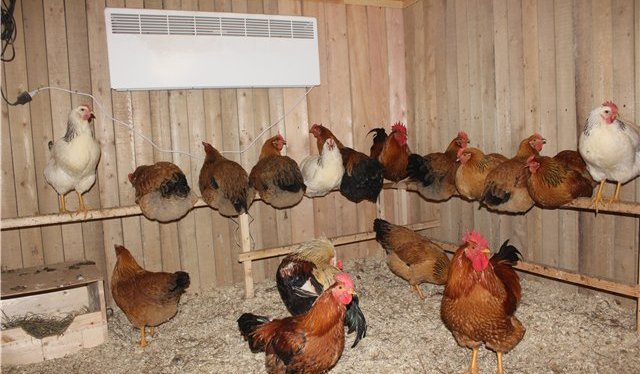
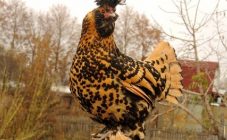
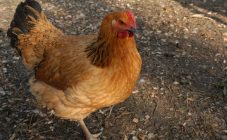
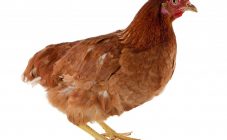
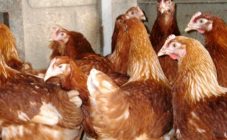
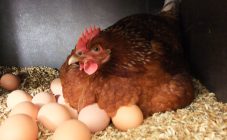
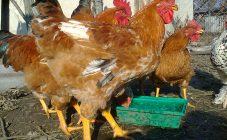







Who changed UKP-7 to UKP-66, please answer if everything works